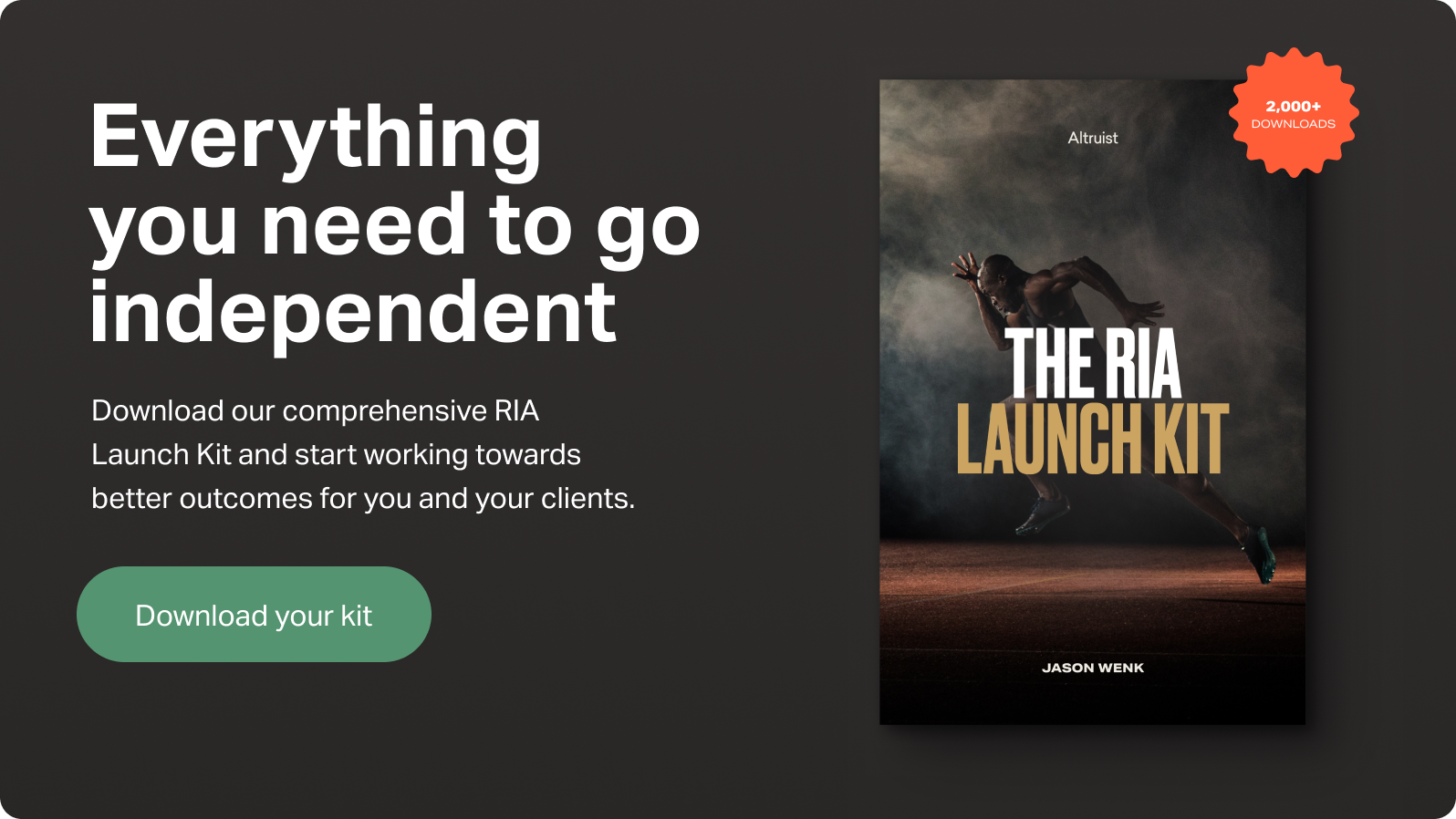Great financial advisors are great communicators. On the surface, that communication manifests through face-to-face client meetings, emails, and phone calls.
However, to ensure the client experience is seamless – especially as a practice grows and scales – advisors must rely on an increasing number of different tools to ensure they don’t drop the ball. Chief among them is CRM.
A CRM (or client relationship management) system is a fundamental piece of tech in a financial advisor’s marketing toolkit. They not only allow Registered Investment Advisers (RIAs) to keep track of clients and prospects, they also enable a number of other critical components that help increase lead conversion and profitability: including personalized comms, automated workflows, and a deeper understanding of customers and the market overall.
CRMs currently rank as the most valuable piece of software among financial investment companies, ahead of both financial planning and portfolio management systems. However, not all CRMs are made equal. The best cover more than just the basics, with in-built benefits and features specifically designed to suit the unique needs and wants of RIAs.
3 key benefits of a top CRM for financial advisors
1. One platform to rule them all
Everything you need to know about your customers in one place, available at any time, and accessible across your entire organization. One of the biggest draws of a CRM is that it consolidates a gargantuan amount of information, transforming numbers into insights that are decipherable and easy to understand (at least, the good ones do).
This can save RIAs a significant amount of time, money, and resources. No need to add increasingly weighty tech to an already oversized stack, no more switching between expensive third-party platforms that lack integration and create silos between data and teams. Productivity and efficiency, both get a serious boost.
2. Retention and acquisition
Personalized comms, automated alerts, market insights – a good CRM for wealth management doesn’t force financial advisors to choose one avenue to explore when it comes to attracting and retaining customers – it does both.
Thanks to a depth of knowledge, prospects get the VIP treatment every time they interact with you, and existing customers continue to feel cherished and valued, helping foster long-term relationships that last the test of time.
3. Scale
In the early days of your firm, your client list was easy to track. An Excel spreadsheet was often enough to do the business. But if financial advisors are serious about scaling their business and attracting more customers, then their basic technology needs an upgrade.
A CRM allows RIAs to store hundreds (and eventually thousands) of customers and prospects in one place – tracking interactions and making intelligent suggestions on engaging with the right people at the right time, with exactly the right information.
5 essential features of a top CRM system
1. Data
CRMs provide instant access to vital customer and prospect information, updated in real time. Got a client call or meeting looming? Your CRM system will provide a vital breakdown of your client’s history, their investment information, and other useful insights.
And following that meeting, information can either be updated automatically or manually, depending on the sophistication of the insight or nature of the meeting. For example, if a client is looking to diversify their investment portfolio, the best CRMs use the data generated from the meeting to automatically assign them to a colleague who specializes in the area they’re interested in exploring.
2. Integration
Although we can dream, there isn’t one silver bullet omnipotent piece of technology that can manage every task your organization requires. While the CRM is indisputably your king of marketing, the average RIA needs several other pieces of tech to keep their business ticking.
From accounting software to your website, and risk assessment platforms to security solutions, your CRM should seamlessly integrate with most, if not all, of your technology stack, marketing-related or not. Unfortunately, not every CRM is built equal – and RIAs may struggle to connect general-purpose CRMs with platforms specific to the world of financial investment (such as portfolio management or risk assessment software).
The best CRM for investment advisors is purpose-built, enabling a consistent customer experience throughout a client’s lifetime and allowing visibility across your entire organization.
3. Automation
The biggest gripe among RIAs is that there isn’t enough time in the day. In fact, research shows their most time-consuming task per week (8.8 hours) is meeting with clients, with a further 5.3 hours per week dedicated to preparing for those meetings.
When configured correctly, CRMs can automate workflows, performing the mundane, yet necessary, tasks that eat into an RIA’s day. Appointment scheduling, segmenting new customers, follow-up alerts – a CRM can do it all.
For example, picture a client you haven’t chatted to in a couple of months. A CRM can suggest a template message, complete with the best time of day to get in touch, and how they prefer to communicate (email, text, phone call etc).
4. Personalization
In the modern world, people measure every customer experience against the best they’ve ever received, which is why RIAs need to deliver a top-notch experience every time they interact with a client. What a client experiences during a meeting needs to be reflected in every engagement with your company, whether digital or offline.
A good CRM not only covers the basics like email headers and FTSE alerts, but also more sophisticated, value-add content, such as personalized emails that provide clients with the latest news and insights related to their investment areas, or automated invites to upcoming webinars or exclusive events.
5. Dynamic audiences
Location, size of investment, length of customer relationship – this only scratches the surface of what a CRM can track. And while basic audience segments (e.g. existing clients, warm leads, ideal customer) are a decent starting point – a good CRM helps RIAs divide their customers and prospects into even more detailed buckets. Not only that, it can automatically transition people from segment to segment, based on real-time information.
The best CRM software for financial advisors is purpose-built
At first glance, RIAs could be forgiven for thinking they’re spoiled for choice when it comes to the CRM market. From all-purpose software behemoths like Salesforce to basic free solutions such as Hubspot, there’s a wealth of options for financial advisors looking to invest in their next CRM.
However, to compete and scale effectively, RIAs must look towards platforms that are bespoke and purpose-built for a challenging life in the fast-paced world of financial services, such as Wealthbox or Redtail.
All are specifically designed for RIAs and those working in financial investment. From financial planning to investment management, and business development to client engagement, they cover all the main operational essentials, helping RIAs to grow and flourish in such a competitive landscape.














